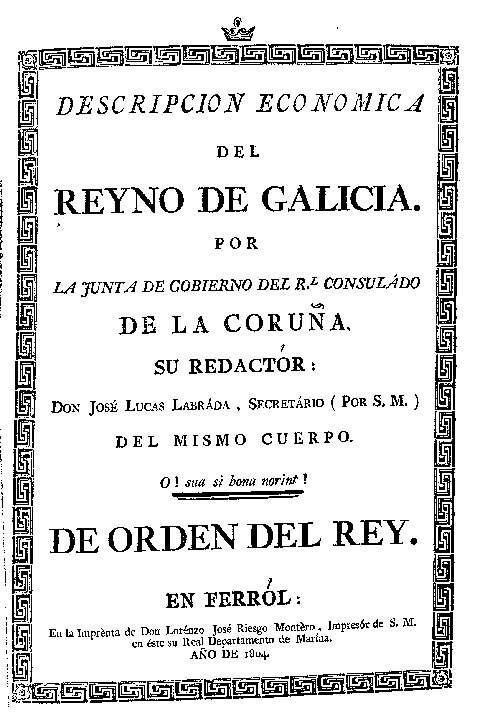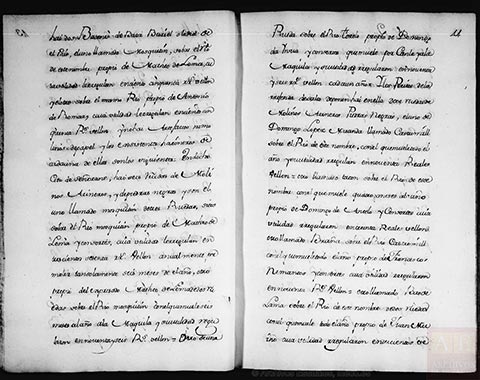It is not known exactly when the mills and fulling mills of Mosquetín were built, but the first mention of their existence appears in the so-called Catastro de Ensenada [Ensenada Land Registry] in 1753. The document talks about the existence of 5 flour mills and the fulling mills. says the following: Mr. Coto [of Señorás] has two fulling mills for wool (buriel) of the area, the one called Mosquetín, on the river of this proper name Matheo de Lema, whose utility is regulated in one hundred and fifty units of fleece and the other on the same river is owned Antonio de Romar, whose utility is regulated in one hundred and fifty units of fleece. *The term buriel or burel usually refers to the coarse wool fabric, which in the area is also called xerga.
The Mateo de Lema and Antonio de Romar mentioned in the cadastre are ancestors of the last owners of the Mosquetín Ensemble, Carmen García García and Luis García Lema, before their acquisition by the Provincial Council of A Coruña at the close of the 20th century. For nearly 250 years these two families were responsible for the operation of these fulleries and mills.
Several decades after the elaboration of the land registry, in 1804 Lucas Labrada speaks of the existence of a total of 166 fulleries in Galician territory in his illustrated “Descripcion económica del Reyno de Galicia” [Economic description of the Kingdom of Galicia]. Three of them, probably those of Mosquetín, were in Vimianzo.





